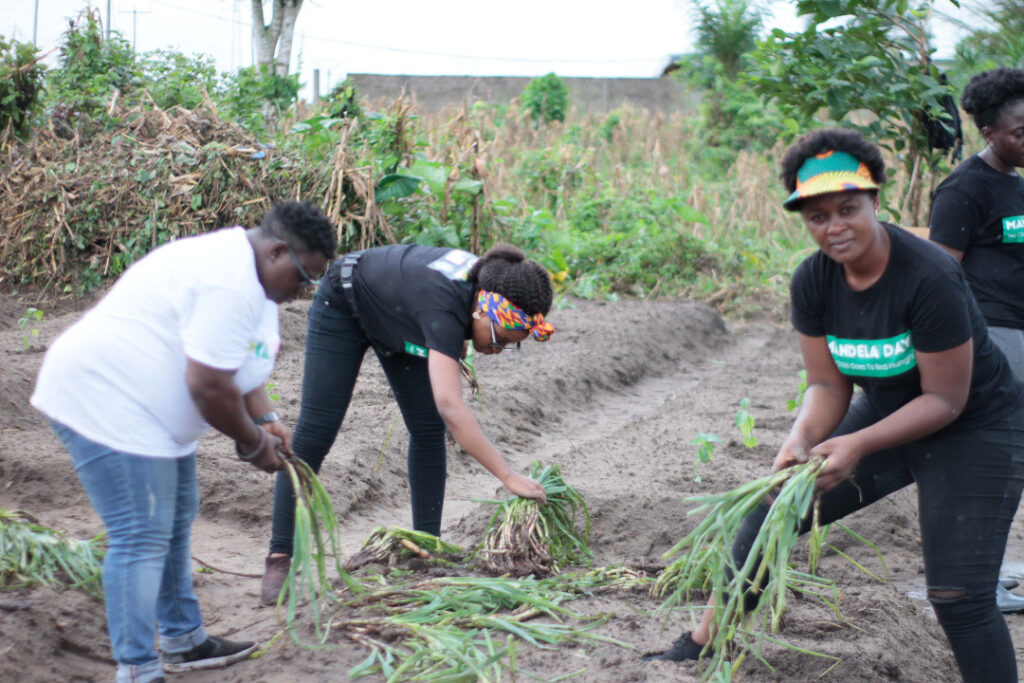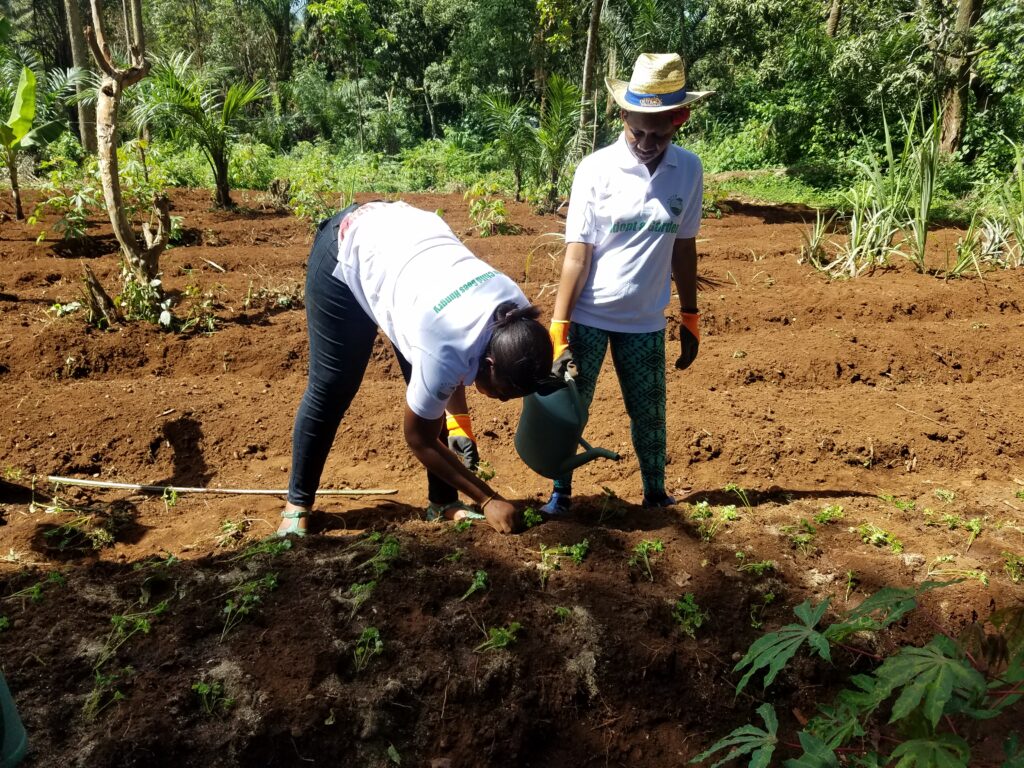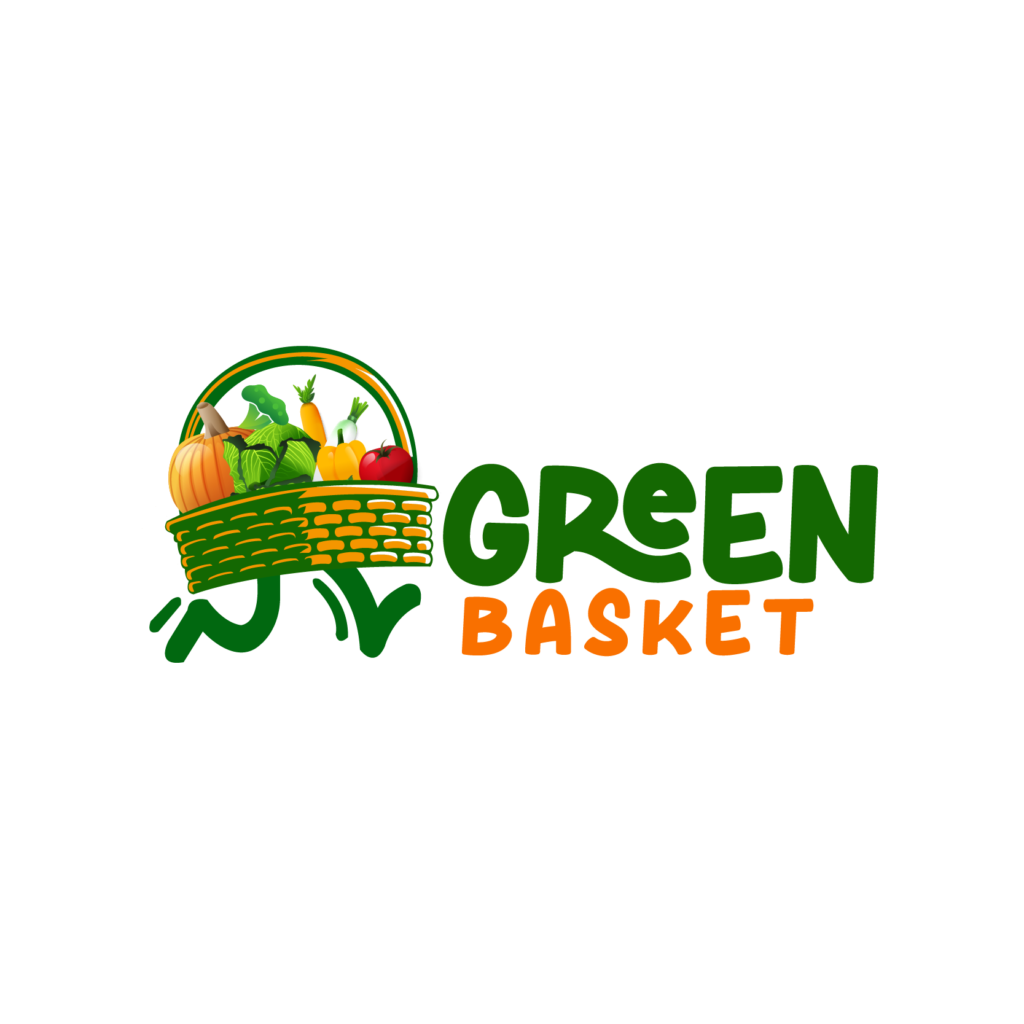Changing the way we acquire our food from hunting and gathering to agriculture, has condemned us to live on a planet which is worse than ever before. The repercussions of adopting agriculture go far beyond the confines of the human societies practising it and continue straight into the environment.
As more and more land is involved in Agriculture, the rich and diverse habitat of millions of different species is pushed further and further into the margins, until the ever expanding frontier of farmland runs into uncultivable areas such as deserts and ice.
When billions of hectares of wild nature are replaced by billions of hectares of corn, soya beans or ranches, the consequences are predictable. They become billions of hectares that are no longer producing food for the animals and the living organisms which make up the rich biodiversity of our planet. This is probably the reason why our generation didn’t get to meet the dinosaur. Agriculture turns land that feeds thousands of species into land that feeds one (the human species). It literally starves other species out of existence.

When agriculture first emerged, its impact on the environment was negligible. However, as demand for food increased and agricultural methods became more complex, agriculture began to have a noticeable effect on local environments. Land overuse causing soil degradation, pesticides causing pollution of air and water, deforestation reducing the positive impact trees have on climate change, just to name a few, are very common.
However, we can spend all day arguing about why Agriculture is probably the worst invention ever, but the frank truth is, we needagriculture and farming. Unless you get all your food from hunting and gathering, you likely benefit greatly from our agricultural systems. Chances are, just about everything you’ve eaten today originally came from a farm or garden. Indeed, the rise of agriculture is also tied to the rise of civilization. In a way, the invention of farming ultimately led to the creation of the technology you’re using to read this post now (will be explained how on a different post). The point is, Agriculture enables us to produce enough food to support an ever-increasing population. At this point in history, a mass return to hunting and gathering is neither realistic nor feasible.
So how do we adapt our agriculture to both meet the needs of our ever-expanding population and reduce environmental impacts?
Sustainable Agriculture.
Sustainable agriculture is an approach to agriculture that involves sourcing food in such a way that we protect the environment, aid and expand the earth’s natural resources and making the most of non-renewable resources. Hence, farmers can use sustainable principles to get the most out of their resources while decreasing their environmental impact; usually a win-win.

At Green Farmlands, we practice sustainable agriculture to promote food security, train farmers on new and adoptable farm techniques and even in accessing new markets. We are conscious of the work that has to be done, not just for us and our planet to benefit from agriculture, but for future generations to be there to benefit as well. At Green Farmlands, we believe in a world were sustainable Agriculture is possible on a large scale, but no better place to start than with small scale farmers.
“Sustainable agriculture is not just about growing crops, it’s about caring for the soil, the water, the air, and all the living things that depend on them.” – Vandana Shiva


